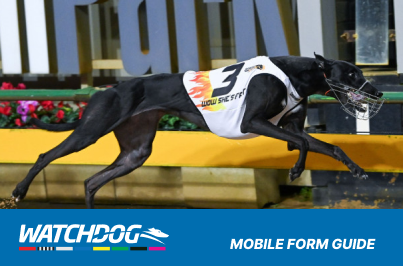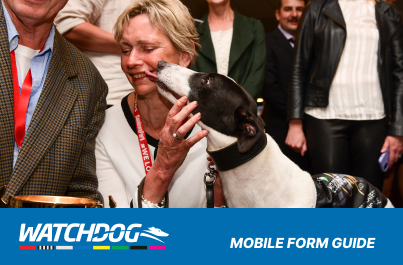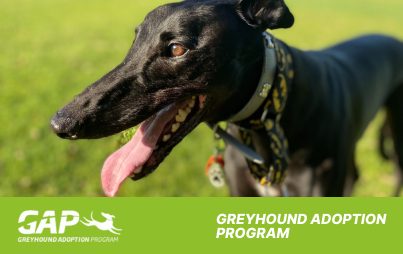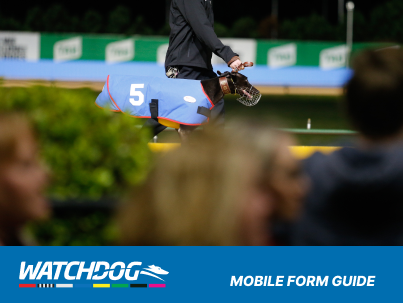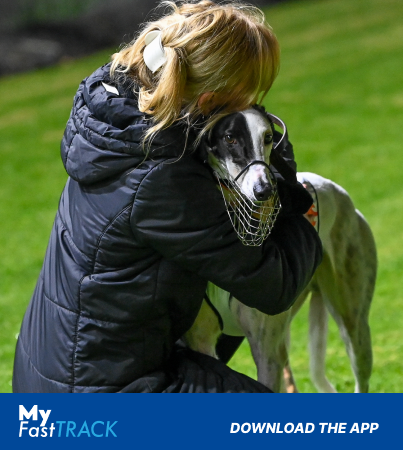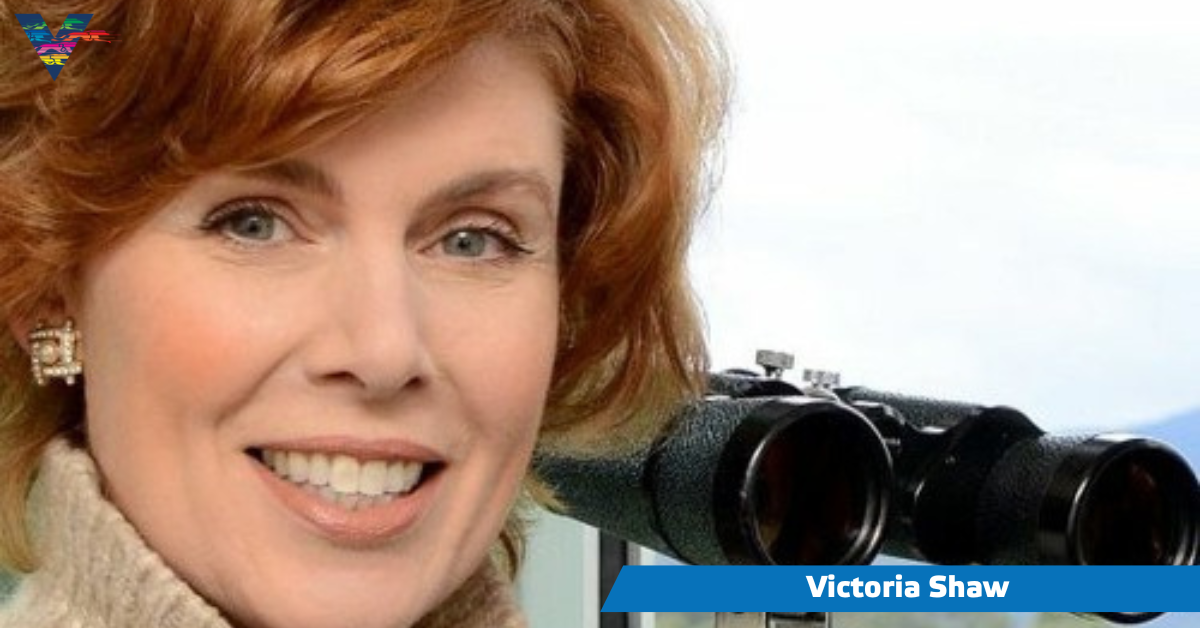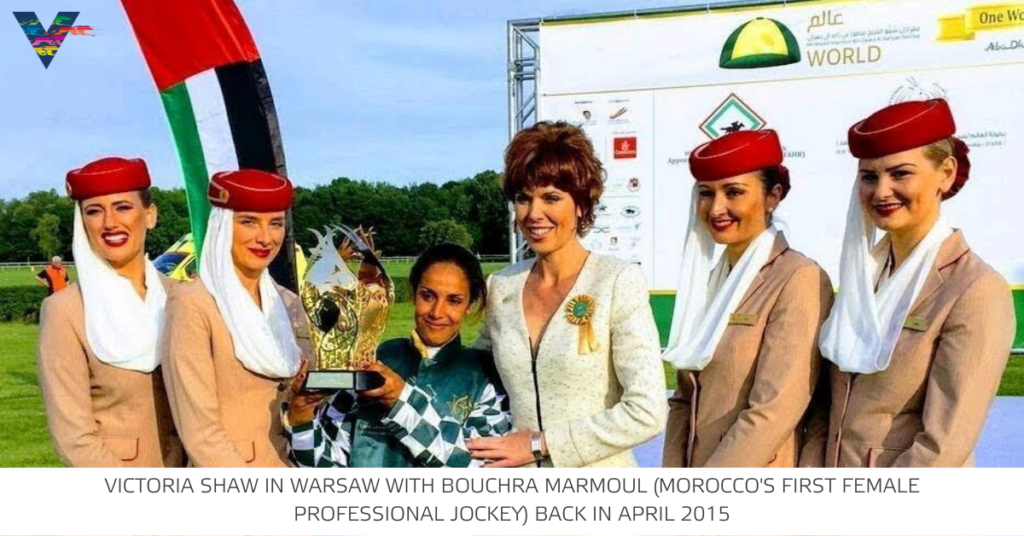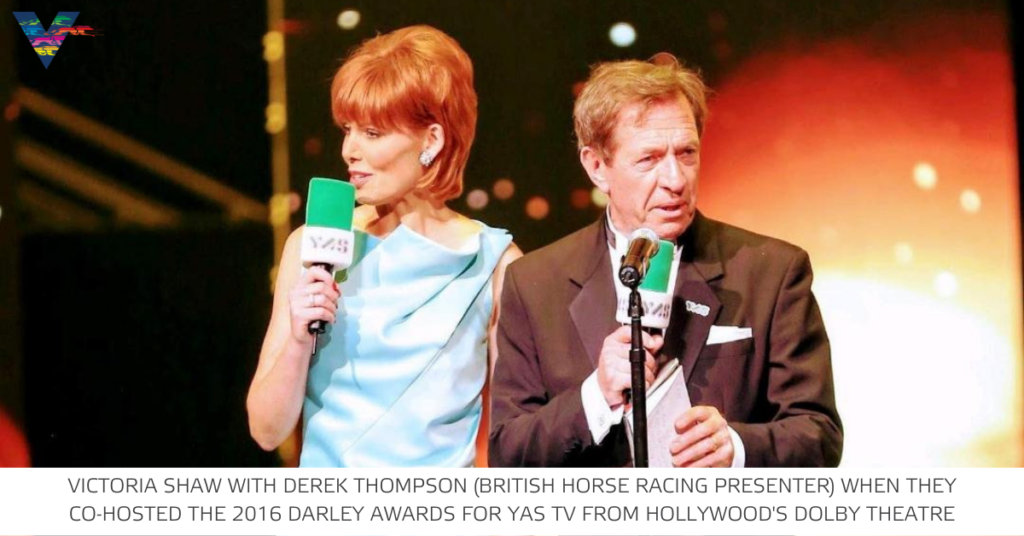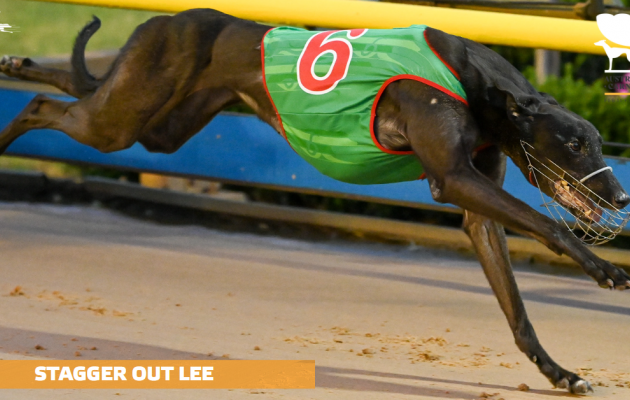Q: You hold passionate viewpoints on women in greyhound racing… Has the ‘glass ceiling’ been broken, or is it still somewhat a male bastion?
A: I don’t think greyhound racing’s ‘glass ceiling’ is as much of a problem, as women not expressing interest in various aspects of the sport, such as race broadcasting. I do find, however, in greyhound racing here in Victoria, there is far less concern about gender or being the first to try something. I believe that is an extension of the fact, that women have been active within the sport, well ahead of the horse racing codes. We have a female chair, female senior executives, stewards, judges, breeders, trainers, the list goes on. The opportunity for me, to broadcast a race meeting at a metropolitan track on Sunday, reinforces the open nature of Victorian greyhound racing as well.
Q: You’re Australia’s only female race caller… Can you see the day when you will have some ‘compatriots’?
A: I hope so, Peter. I fear today a lot of younger women are more concerned about what some unqualified people write on social media platforms than going out and trying something. Life is too short to be held back by people who rubbish others and have no experience with what you are doing. My best advice would be to always face life ‘head-on’. Maybe that’s why I like the track at Healesville so much.
Q: What is your memory of calling for the first time at Hanging Rock back in the late 1990s?
A: Well, I won’t take any fashion tips again from another broadcaster. I think about 12,000 people, on New Year’s Day of 1998, knew what colour my undies were as I climbed the ladder in a sundress. That aside, that was a special day for another reason, as it was exactly 50 years to the day since Pamela Knox-O’Connor had taken over the broadcast at the same venue. Pamela only called once, back on January 1 in 1948, when the race caller wasn’t feeling well. (It was New Year’s Day.) Pamela was familiar with some of the colours of the jockey’s silks, as she rode in the Melbourne Hunt Club with several of the racehorses’ owners. Pamela also rode with my late grandmother – Margaret Selman, who passed away long before I was born. (Her father, Sydney Selman, was the keeper of the hounds.) I got to spend an afternoon at the races in Mt Gambier with Pamela in 2004. Pamela was also the first woman enrolled at Melbourne University to study law. Her father, the late Sir Errol Knox, was the managing director of the Argus & Australasian Ltd Newspaper. Sir Errol was of the firm belief that his daughters could do anything. Pamela also married into the O’Connor racing family, which is synonymous with jumps racing. And I’ll never forget the first set of winning colours that I called – Mick Cerchi’s red silks with white hearts atop his mare, Miss Angelique.
Q: Racing in general has taken you around the world… In what countries have you called races and what was that like?
A: I have called races for YAS TV at Tor Sluzewiec in Warsaw, Poland – an incredible experience and a truly international occasion. With a German television crew and a Polish tote board, I was fortunate to broadcast the HH Sheikha Fatima Bint Mubarak Ladies World Challenge in 2015 alongside two British race callers. Aboard a beautiful dapple-grey Purebred Arabian named Wasilew, Morocco’s Bouchra Marmoul claimed her first international race victory as a jockey.
I have also called the Australian ‘legs’ of the Ladies World Challenge when the festival toured down under, at Moonee Valley, Caulfield, Sandown and the Gold Coast Turf Club.
As well as co-hosting racing awards for the Abu Dhabi Sports Network at the Dolby Theatre in Hollywood several times, with the UK’s Derek Thomspon; and hosting racing forums on live television in Abu Dhabi, Madrid, Warsaw, Rome and Marrakesh. These engagements were a lot of fun but also a lot of research, which was frequently made difficult by language issues. And often television guests would be changed with very little notice, so the ability to prepare adequately was a big problem.
